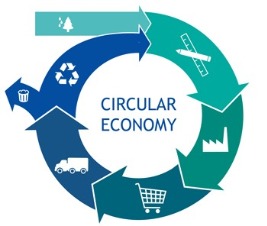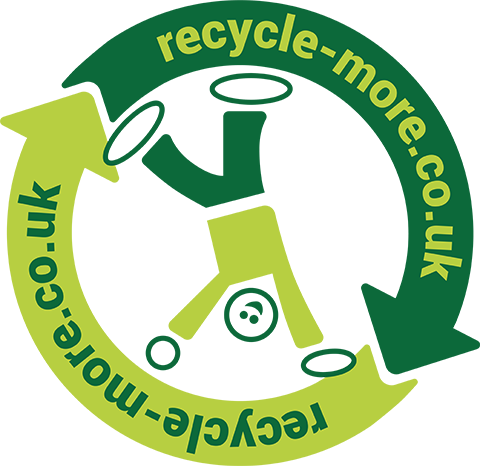
Circular Economy
LINEAR AND CIRCULAR ECONOMIES
The Circular Economy as a concept has been around for a few decades. However, in recent years it has gained traction. The traditional economy mainly follows a linear approach whereby an item is manufactured; consumed and waste generated at any stage of the process is discarded. In short take, make and dispose.
On the other hand with Circular Economy thinking steps are taken to reduce waste, re-use where possible and recycle the waste at the end of the process to ensure the value stays in the system all the time. By doing this we do not waste valuable resources, create waste or polluting components and designs a system which retains value.


It is clear that recycling is better than dumping and discarding old products but circular economy forces you to go right back to the design stage and consider what materials a product is made from, how it will be used and how it will be repaired or taken apart at the end of its life. In some cases this might lead to a completely different business model. For example – designing a garment to be long lasting, organic and maybe renting it and returning it in the future rather than buying it and discarding it when it does not fit anymore or you are bored with it. Read more on how the company MUD Jeans applies this method.
It could be that instead of buying lights we lease them from companies in the future.
WHAT PROGRESS IS BEING MADE?
The Ellen McArthur Foundation is probably the leading light in getting the circular economy onto the political agenda and is engaged in promoting the long term benefits of circular business models across the supply chain.
In order for this to occur successfully there will need to be successful engagement from three groups – politicians, producers and consumers.
Politicians are trying to change thinking. The European Union has issued a Circular Economy proposal which it is trying to use this to drive its member government strategies to move towards circularising their economies. Producers will then be impacted by this legislation if it goes ahead. However, many are already starting to grapple with the concept and are progressing with their own strategies.
It can be complex and especially so at large scale. Coca Cola has been trying to ensure that more recycled content goes back into their packaging thus reducing demand on primary resources.
Other smaller businesses have been refurbishing and renting items, which consumers can lease and return when their need is over.
The final and possibly hardest group to get on board is the consumer i.e. all of us.
'Progress is impossible without change, and those who cannot change their minds can change nothing' George Bernard Shaw
It is said that “millennials” are re-evaluating products, value and consumption and what is important to them but many of us in society find change hard. It may be that technology ultimately changes us – think of mobile phones, the internet, digital economy but there is also much to think about in terms of the opportunities the circular economy could hold for us all.
An article by Marc Atherton of the RSA said that to change we must go through the following stages:
1. Awareness – know a challenge exists
2. Acceptance – understand the premises and issues
3. Ability – have a capability to act on the challenge
4. Action – do achievable and meaningful actions
5. Assessment – get feedback that the positive change is happening
In order to inspire you and make you aware we will continue to provide examples and case studies of progress in this area and all you have to do is read them.





